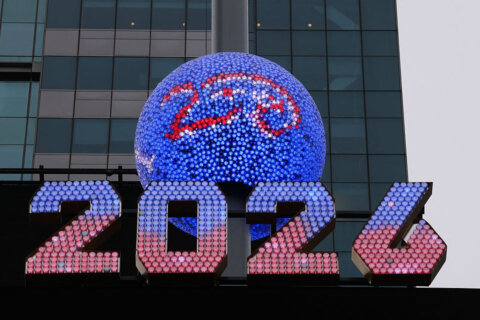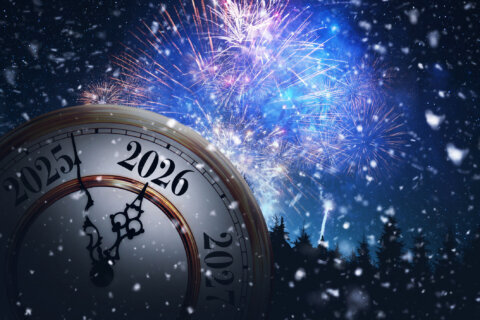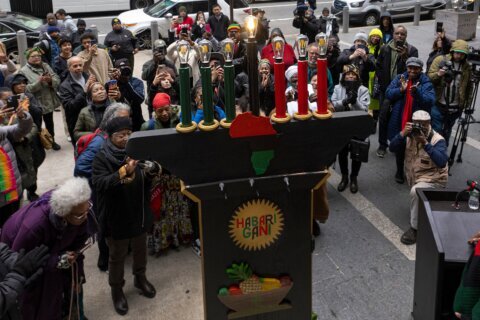You know that New Year’s Eve is a time to break out the bubbly, but do you know how champagne became an essential part of the holiday?
The tradition of this New Year’s libation came about because of a custom popular in the 1800s, particularly in America, that revolved wandering around town until after midnight.
“There was a concept of making the rounds, meaning you would wander the neighborhood and knock on someone’s door and expect they would invite you in for drinks,” said Kira Dietz, a food and drink history expert who works as the assistant director of Special Collections and University Archives at Virginia Tech.
“It did not matter who you were, you would go round … all day, in the evening, and then into New Year’s Day, and it was about visiting, and it was also about indulging, so you were expected to have treats and drinks available,” she continued.
One of the most popular drinks at the time was a champagne cocktail. The earliest published recipe for the cocktail was in the mid 1800s, which called for a glass of champagne with a sugar cube and a dash or two of bitters.
So, why champagne? There was a growing middle class at the time, as well as technological advances which made champagne bottles more economical. Putting those two things together allowed that growing middle class to afford bottles of champagne, which had previously been considered a treat for the upper class.
The idea was that, if you’re going to have people over, then give them something fancy, but affordable.
Beyond indulging with champagne, there are other foods traditionally tied to New Year’s celebrations.
“In the South, you may see Hoppin’ John and greens. In the Mid-Atlantic, and in a lot of places where we find German immigrants, there’s a tradition with sauerkraut and pork,” said Dietz. “There’s sort of Dutch tradition around pressed cakes that were made in the 19th century.”
*Editor’s note: For the sake of this article, we are using the word “champagne” to describe all sparking white wines commonly used for celebration, and not just those exclusively produced in the Champagne region of France. Please, no hate mail.








